SUMMARY
This is AI generated summarization, which may have errors. For context, always refer to the full article.
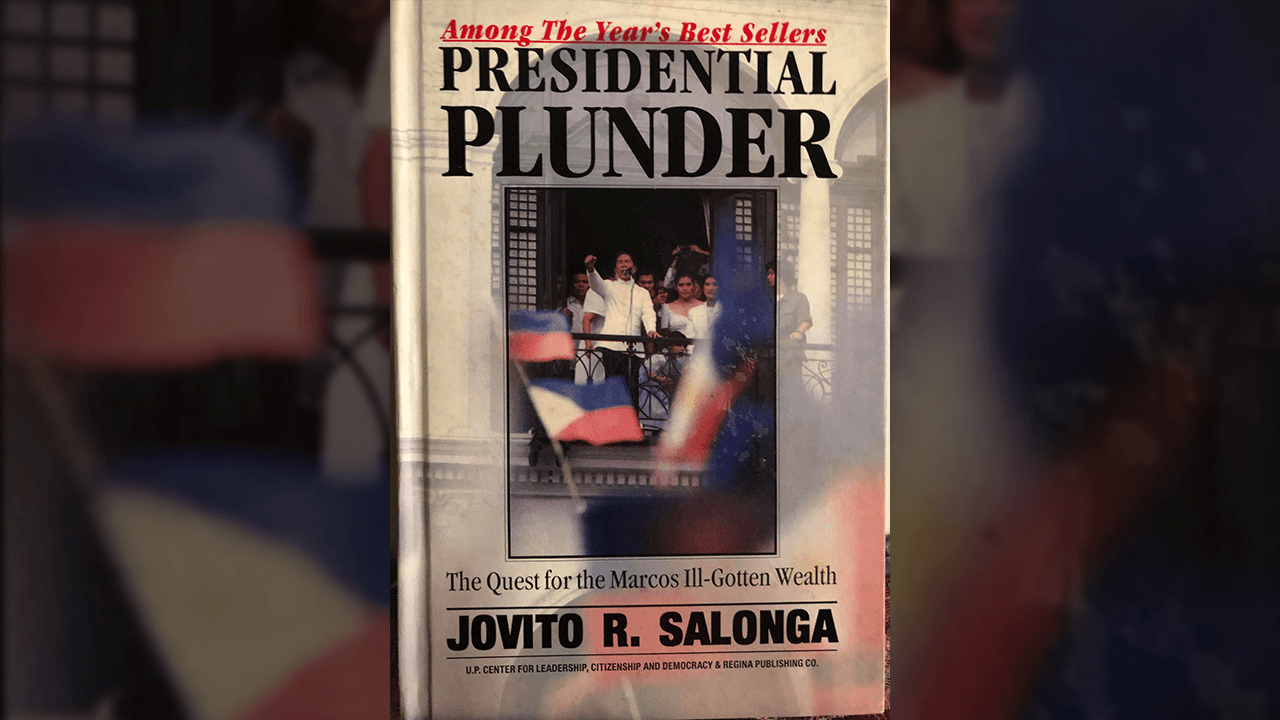
I thought that we wouldn’t reach a time like this when we need to do a Marcos 101, to binge-read books and watch documentaries on that era, to transport us back in time and relive the excesses of that period. But, well, here we are.
One book has been on my shelf for years, unread and forgotten, until someone reminded me about it. The late senator Jovito Salonga’s book, Presidential Plunder: The Quest for the Marcos Ill-Gotten Wealth, was published in 2000. It turns out to be a valuable resource, mainly a first-hand account of how the Presidential Commission on Good Government (PCGG), which the former senator headed in its first year (1986-1987), went after the stolen wealth of the Marcoses.
Unfortunately, it is out of print and doesn’t have an e-book version. The publisher is the University of the Philippines National College of Public Administration and Governance.)
Salonga relied on his diary to piece together the story of the chase, mostly in the US and Switzerland. The staggering amounts of money stashed in Swiss and US banks and the Marcoses’ lavish properties in New York, California, and Hawaii, discovered after February 1986, when the family fled the country, came back to me as if all of these happened yesterday. The shock has returned, the anger swelling once more.
Moreover, the book chronicles meetings with some of the Marcos cronies who agreed to settle with the PCGG. They were required to come up with written disclosures of how they enabled Marcos to siphon off billions in US dollars and the specific amounts. At the time, Salonga estimated the loot to be anywhere from $5 to $10 billion.
Based on thousands of documents found in Malacañang and those turned over by the US Bureau of Customs to the PCGG – these were the 2300 pages of documents confiscated in Hawaii when the Marcoses landed there – Salonga summarized the ways the Marcoses acquired and protected their stolen wealth:
- Monopolies: Creation of monopolies in certain vital industries and placing them under the control of cronies or associates of Marcos, such as sugar (under Roberto Benedicto) and coconut (under Eduardo Cojuangco). This was already known during Martial Law but was confirmed after the downfall of the Marcoses.
- Behest loans: Awarding of loans by government banking or financing institutions to favored private individuals, with little or no collateral, at the behest of Marcos or Imelda Marcos.
- Takeover of businesses: Outright takeover by Marcos relatives or associates of large public or private enterprises with a nominal amount as payment. For example, for a small down payment of P10,000, Eugenio Lopez sold and transferred his total shareholding and control in Meralco to Benjamin “Kokoy” Romualdez, Imelda’s youngest brother. In return, Lopez was assured that his son, Eugenio Lopez Jr., would be released from detention.
- Direct raiding of the public treasury and government financing institutions: Intelligence funds were used for the overseas trips of Imelda Marcos. The Central Bank and the Philippine National Bank (PNB) in Manila and New York were used for the private benefit of the Marcoses. Bank accounts were opened in Banque Paribas and Credit Suisse and were called Intelligence Funds 1 and 2.
- Presidential decrees and orders to favor cronies for the joint benefit of these individuals and the Marcoses: The coconut levy, the Tourist Duty Free Shop run by Gliceria Tantoco, Fortune Tobacco of Lucio Tan, and the cigarette filters of Herminio Disini are among the examples.
- Kickbacks and commissions: Baltazar Aquino, former minister of public highways, said under oath that he deposited huge amounts of money – coming from reparations kickbacks – in the Marcos bank accounts overseas.
- Shell corporations and dummy companies to launder money: The money was invested in real estate in New York, California and Hawaii.
- Skimming off foreign aid: For example, the aid given by the US to the Philippines in exchange for the participation of the Philippine Civic Action Group in the Vietnam war was diverted to Marcos accounts.
- Deposits under pseudonyms, numbered accounts and code names: These were in overseas as well as local banks to conceal and preserve the ill-gotten wealth.
What was revolting, apart from the brazen pillage of the public coffers, was that it began as early as 1967, just two years after Marcos became president, his first term in office. The PCGG found that the Marcos deposits to Credit Suisse in Switzerland in 1968 were checks from their account in the Security First National Bank in Beverly Hills, California, dated 1967.
Everything was for their taking, leaving no source of money untapped. They bled the country dry: The memory of all this hurts, the pain, visceral.
Only Imelda Marcos had the words: “We practically own everything in the Philippines – from electricity, telecommunications, airline, banking, beer and tobacco, newspaper publishing, television stations, shipping, oil and mining, hotels and beach resorts, down to coconut milling, small farms, real estate and insurance.”
In the next newsletter, I will summarize the revelations of the cronies who returned some funds and properties to the PCGG.
Add a comment
How does this make you feel?
![[Closer Look] ‘Join Marcos, avert Duterte’ and the danger of expediency](https://www.rappler.com/tachyon/2024/06/TL-trillanes-duterte-expediency-june-29-2024.jpg?resize=257%2C257&crop_strategy=attention)

![[Newspoint] A Freedom Week joke](https://www.rappler.com/tachyon/2024/06/20240614-Filipino-Week-joke-1.jpg?resize=257%2C257&crop_strategy=attention)

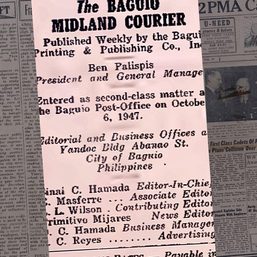
![[Hindi ito Marites] First Lady Liza Marcos: Unofficial presidential spokesperson?](https://www.rappler.com/tachyon/2024/05/Hindi-ito-Marites-TC-ls-02.jpg?resize=257%2C257&crop_strategy=attention)
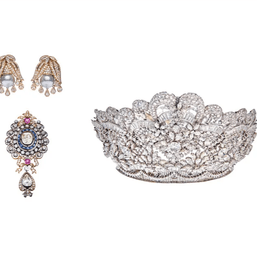
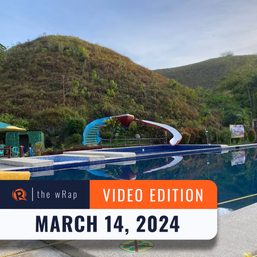
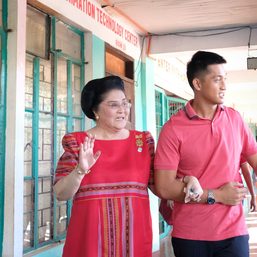
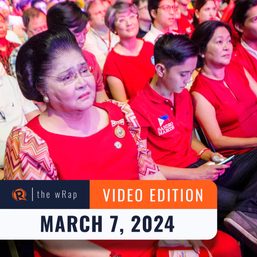

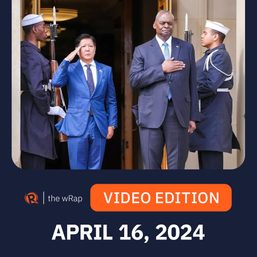

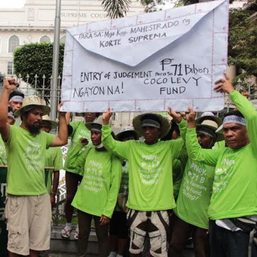





There are no comments yet. Add your comment to start the conversation.